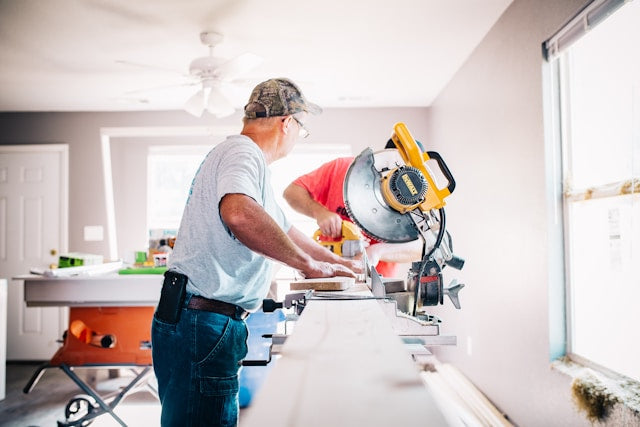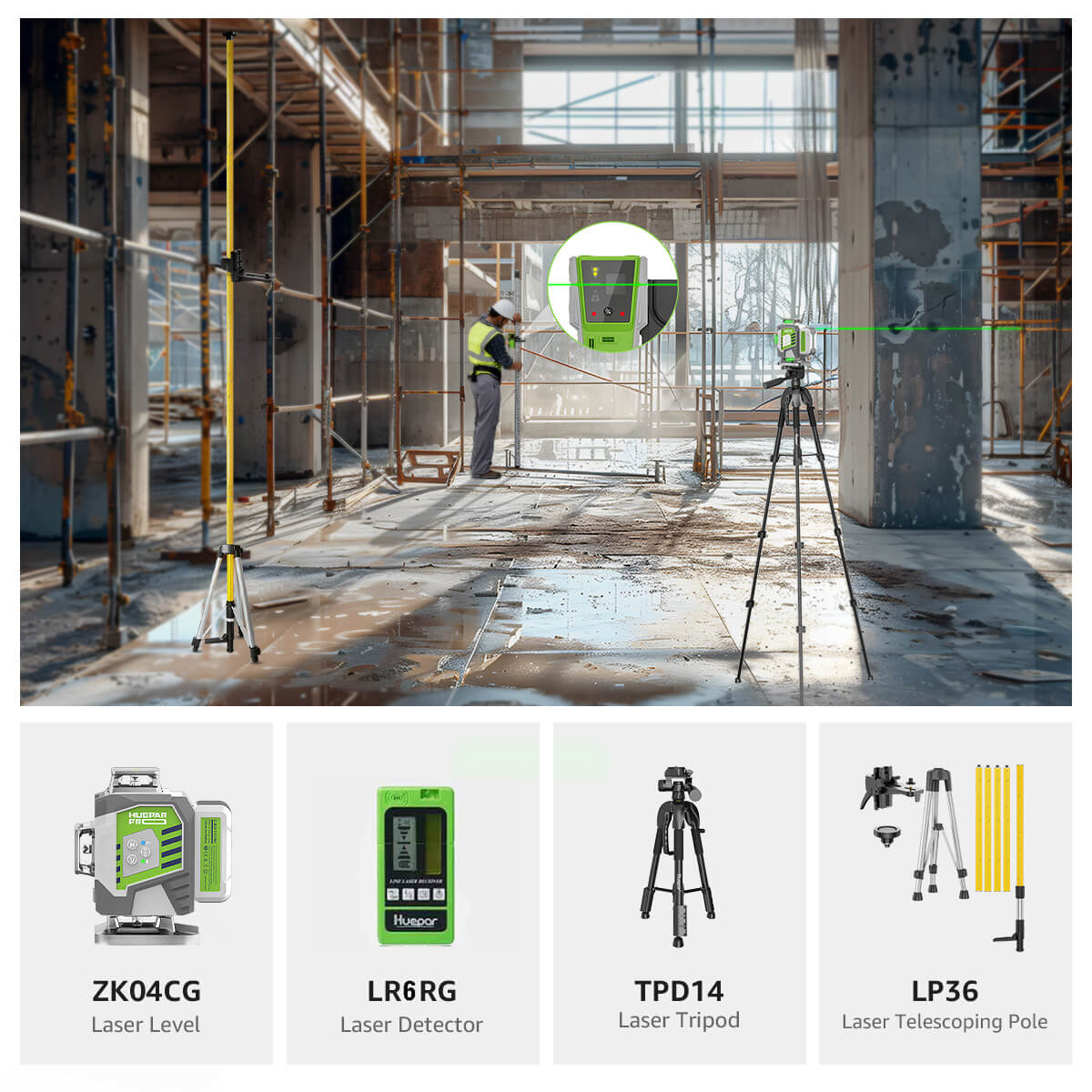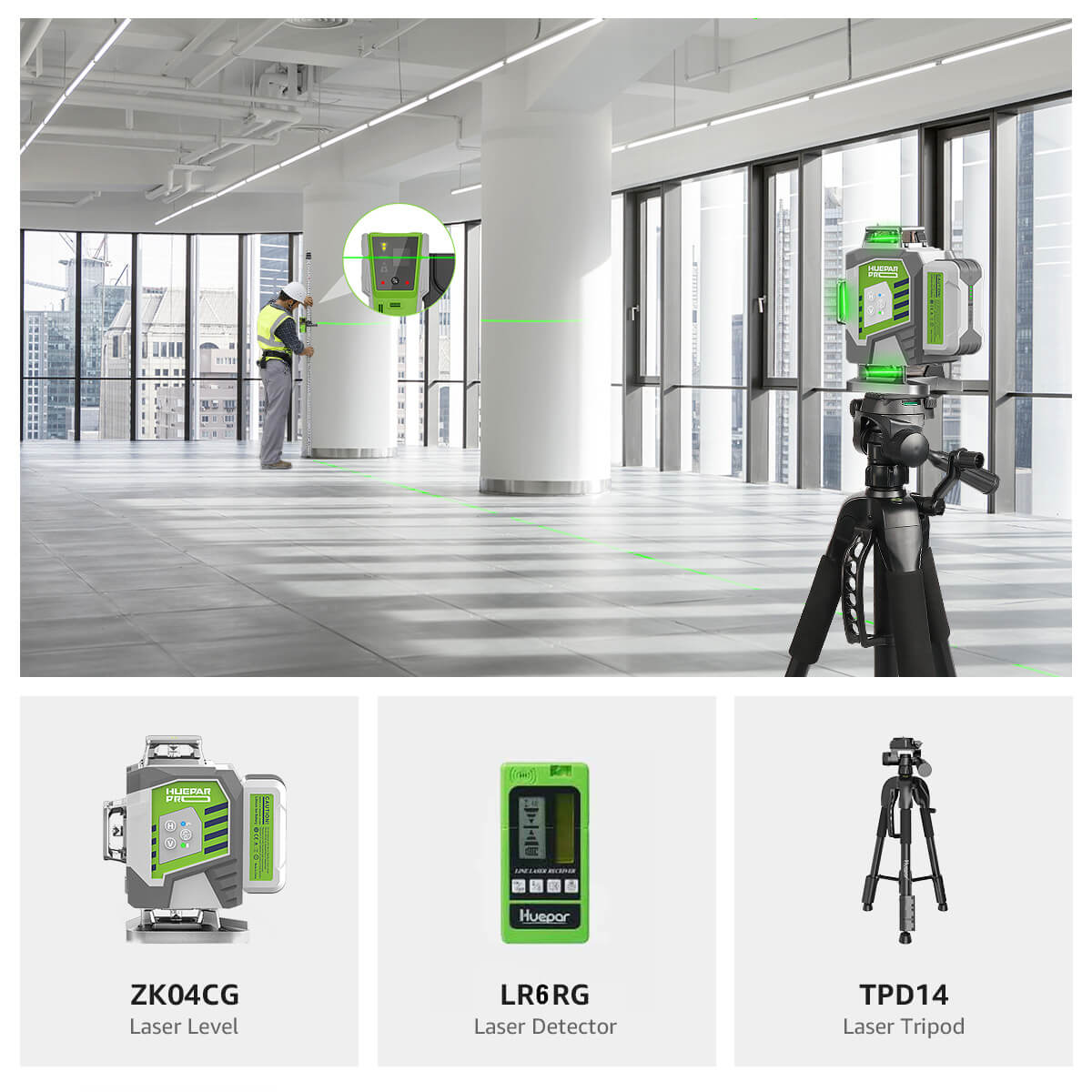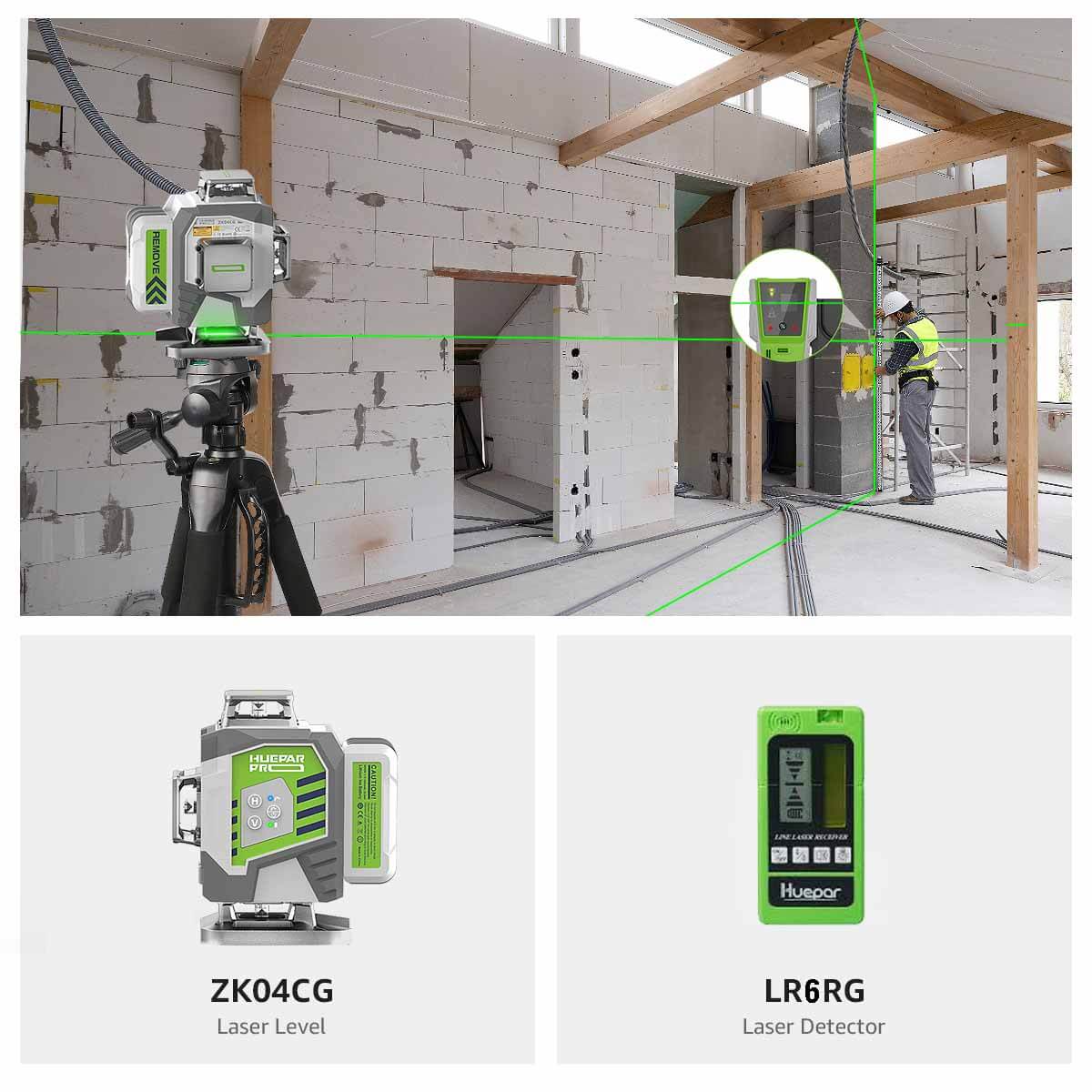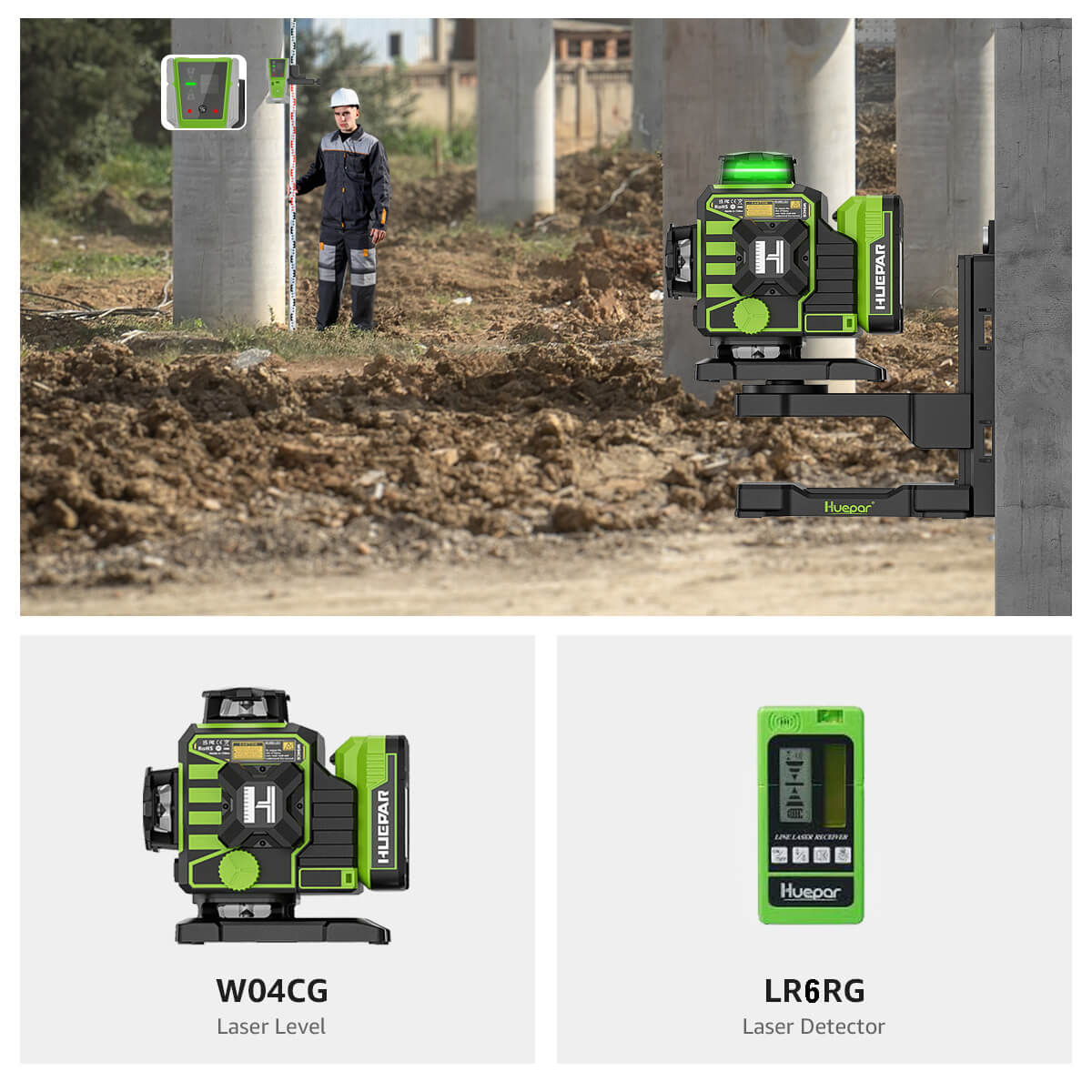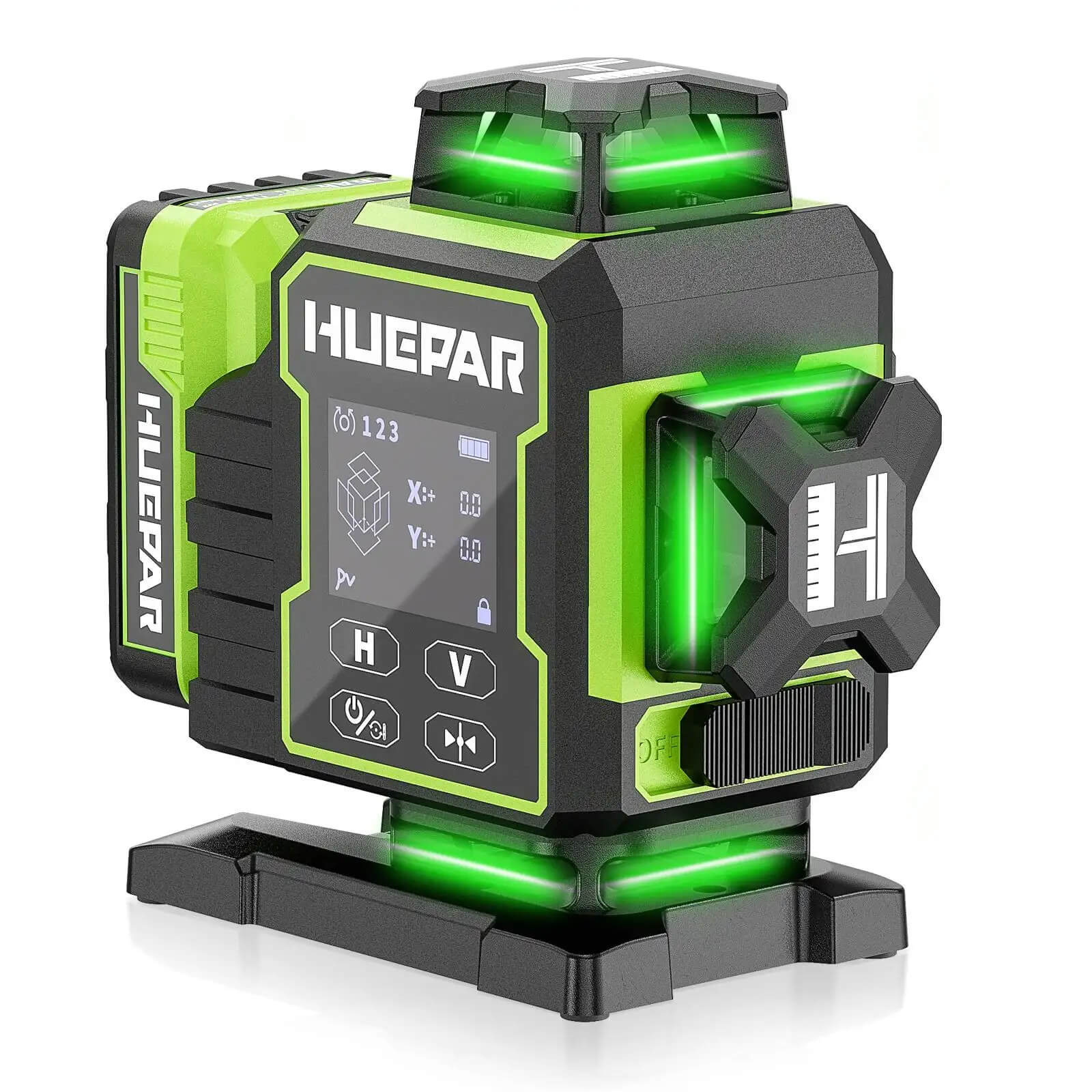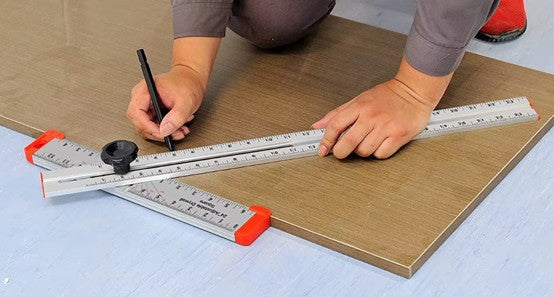
How to Use a Drywall T Square?
What is a Drywall T Square and How Does it Work?
The T square for drywall is a specialized tool for cutting as well as fitting the panels of the drywall in the course of renovation or construction work. It is bigger than the standard T square with two main components: the head (short shaft) and the blade (long shaft).

The primary use of a drywall T square is to provide a guide with a straight edge to cut the sheets of drywall in a straight line in an accurate manner by the use of a utility knife. The guide with the straight edge is typically made of a solid material such as steel or aluminum. The head serves the purpose of holding the tool steady and providing an equal plane while cutting.
In cutting a line in the drywall panel, the blade will be pressed up against the line to be cut in the panel. The head will be at the panel edge with it pressed tightly up against it. This will enable you to run a utility knife along the flat edge of the T square, which will cut the drywall in a straight, smooth line.
Factors to Consider When Choosing a Drywall T Square
In the selection of the right drywall T square for your project, there are several factors that play a crucial role in determining the suitability and performance of the tool. Some of the significant considerations include:
Material Type: Drywall T squares can be plastic or aluminum. Aluminum versions are more heavy-duty and long-lived, while plastic versions are lightweight and inexpensive. Think about how you're planning to use the tool and how often to decide which type of material will be best for you.
Thickness: The thickness of the T square's blade and head can affect the tool's accuracy and stability. Thicker heads and blades are stiffer and provide greater resistance to bending or flexing, which is critical for making precise measurements and cuts. However, thicker tools may be heavier and more difficult to handle in tight spaces.
Width: The width of the T square blade is a significant consideration, especially for bigger projects of drywall. A wide-blade T square provides a longer straight edge, which can be cut with greater precision for a greater distance. A narrow-blade T square might be best for smaller projects or when working in limited spaces.
Blade Length: The length of the T square determines its maximum cutting length. Long blades are best suited for cutting full sheets of drywall, although the short blades can prove to be more convenient for trimming or for smaller cuts.
Through a thoughtful evaluation of these factors, you can select a drywall T square which will suit your specific project while being accurate, efficient, and easy to work with through the installation or repairing process of the drywall.

Step-by-Step Guide: Using a Drywall T Square for Cutting
Straight precise cuts in the panels are very important in achieving the professional finish during panel installation. The following are tips and tricks for creating accurate, sharp cuts with a drywall T square:
-
Measure and Mark Carefully: Measure the area to be occupied by the drywall panel. Make the cut lines visible in the panel with a pencil or chalk line. Double check the measurements in order to avoid any error.
-
Position the Drywall T Square Correctly: Position the T square over the panel with the cutting line marked, having the blade aligned with the mark. Hold the head of the T square firmly up against the panel edge so that it will remain in position while cutting.
-
Score in Stages: Score the panel surface in advance to produce a sharp cut. Hold the utility knife firmly in hand and draw it along the edge of the T square, cutting through the paper surface and the gypsum core. Do it several times in order to produce a good, cut in deep.
-
Snap the Panel: Place the T square at the opposing side of the cut line after scoring the panel deeply. Apply pressure to the panel both sides of the scoring line, and snap the panel along the cut. This will cleanly cut the panel apart.
-
Finish the Cut: Once you have cut the panel, there will probably be a bit of paper or the gypsum core material remaining at the cut edge. Score the back of the panel with the utility knife along the cut line carefully. This will give a very nice, sharp finish.
-
Support the Panel: Hold the panel in position when cutting it, having it be supported by sawhorses or a solid work surface, so it will not get in the way or fall while it is being cut.
-
Maintain a Sharp Blade: A dull utility knife blade will cut with rough, jagged edges and will make the cut more tedious. Keep your blade sharp by replacing or sharpening it in regular intervals to make the cut clean.
-
Practice Safety: Wear the right personal protective equipment (PPE) when sawing through drywall, including safety glasses, gloves, and a dust mask. Provide good ventilation in order to avoid breathing in dust.
By performing these procedures and tips, you can produce precise, professional-level cuts when working with a drywall T square, which will ensure your drywall installation or repair job is a success.
Related reading: What is the difference between drywall and plaster?
Other Types of Squares Used in Construction and Their Applications
Along with the T square for drywall, several other squaring instruments are applied in the construction and carpentry business. The instruments differ in intention and are created for specific functions.
Sliding T Bevel: It features a variable blade which can be fixed at any required angle, thus ideal for the marking and transfer of cut angles. It is best used for marking miter, angles, among other carpentry work.
Trying Square: A try square is a handy little compact piece for creating lines at right angles in material or wood. Its portability and simplicity make it a handy tool for carpenters and woodworkers when checking for a square corner or when creating lines.
Speed Square: A speed square, as the name suggests, is designed for quick and efficient layout work. It has a pivot point with which one can scribe the more common angles like the 45 and 90-degree angles, among other framing angles like angles for roof work.
Framing Square: This big square is an indispensable tool in framing construction, especially in the construction of houses. Its broad measurement with markings makes it ideal for squaring up framing members, such as studs, rafters, among others, to exactness.
All of these squares have a particular application in the carpentry and construction profession. Just as the drywall T square can be used specifically for fitting and cutting the panels of the drywall, the other specialized squares are also handy for such activities as marking angles, ensuring square corners, and laying out the framing members.






